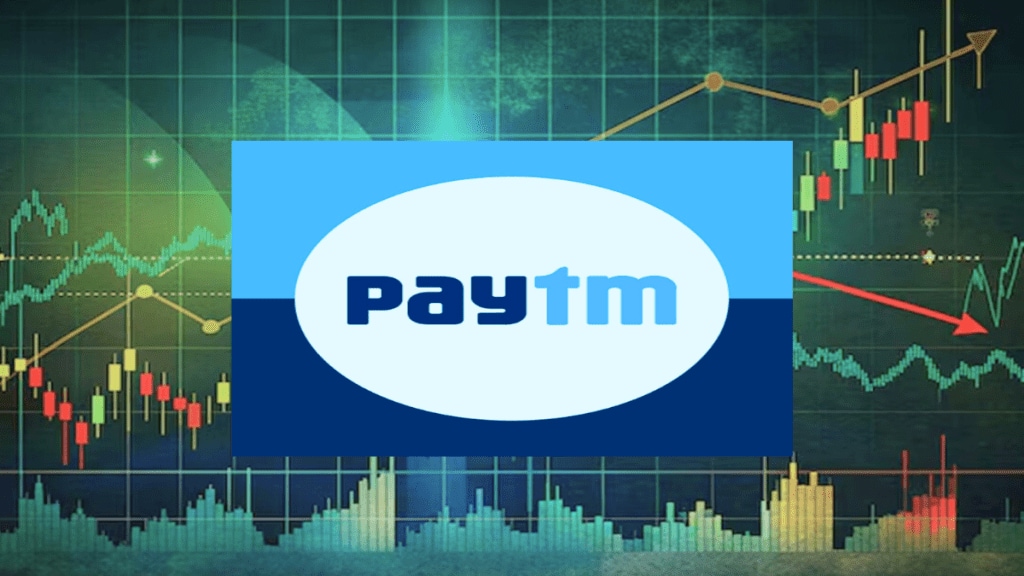By Mahesh Nayak & Ananya Grover
The finance ministry’s clarification last week that there will be no imposition of Merchant Discount Rate (MDR) will not be applicable on payments made through Unified Payment Interface or UPI had again put a question mark on the sustainability of the payment gateway industry.
No wonder, the performance of Paytm stock (One97 Communications) – the only listed payment gateway company – has been wobbly since the finance ministry’s denial. The Paytm stock had been rising steadily since March, when it hit a recent low of around Rs 650 to around Rs 960 before that the ‘no imposition of MDR’ clarification came. The stock has fallen around 10% since then to close at Rs 877.30 on Monday.
MDR is a fee that banks charge merchants for processing payments in real-time. Reports claimed last week that the government is planning to introduce MDR on transactions of over Rs 3,000.
A senior official from a domestic payment gateway company, speaking on condition of anonymity, said, “The introduction of MDR would have provided an additional revenue stream for payment gateways. The industry has been persistently seeking a 30 basis points levy of MDR per transaction for large merchants, where price elasticity is minimal. Given that merchants are currently paying 60 to 90 basis points on debit transactions, a 30 basis points charge appears to be a reasonable request from the industry.”
Currently, MDR is at zero for UPI transactions, while payment via RuPay credit card on UPI, the merchants are already paying 176 bps (1.76%), a charge similar to a credit card payment gateway. Earlier, merchants used to pay an MDR fee amounting to 100-110 bps of the total transaction value on card payments. In 2020, the government waived off MDR charges to promote digital payments in the country.
Says another official from the payment industry on condition of anonymity, “The government wants to continue to promote digital payments in the country. They wouldn’t like to shake the applecart.” There is a good reason too.
India is the leading market for real-time payments, which is expected to grow by 14% CAGR till 2028. The success of UPI has placed India in a leadership position with a share between 45-46% in global real-time payments by volume.
UPI processed volumes have been at an all-time high. So far in June 2025, the average daily volume processed via UPI was at 632.21 million transactions, compared to 602.5 million in May 2025. In value terms, UPI transactions in June 2025 recorded a daily average value of Rs 88,985.21 crore, up from Rs 81,106.36 crore in May 2025.
However, analysts believe that the government may have to bite the bullet sooner than later. Akshay Tiwari, BFSI analyst at Asit C Mehta, believes that the model where the end-user is not charged for UPI transactions is not sustainable in the long run. Unless there is a development where a fee is charged on large transactions. The absence of MDR on UPI transactions has significant implications for payment gateway companies, and the industry is eagerly awaiting a potential shift in the government’s stance on this matter.
The good news is that no one was building MDR into their estimates, and it was only a narrative that could have been a positive catalyst if it had played out. So, Tiwari expects a recovery post the 10% fall last week, as it will not impact earnings.

